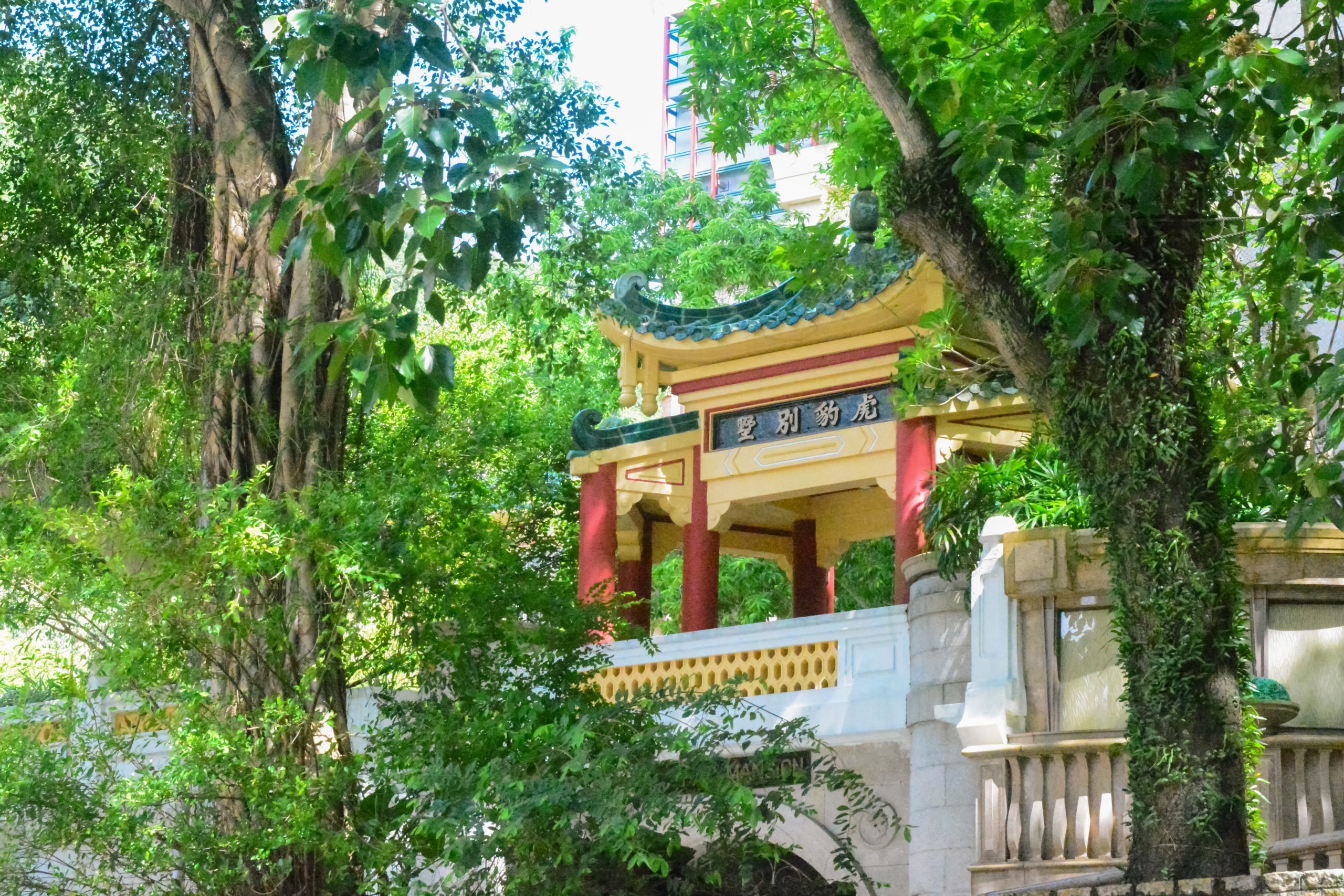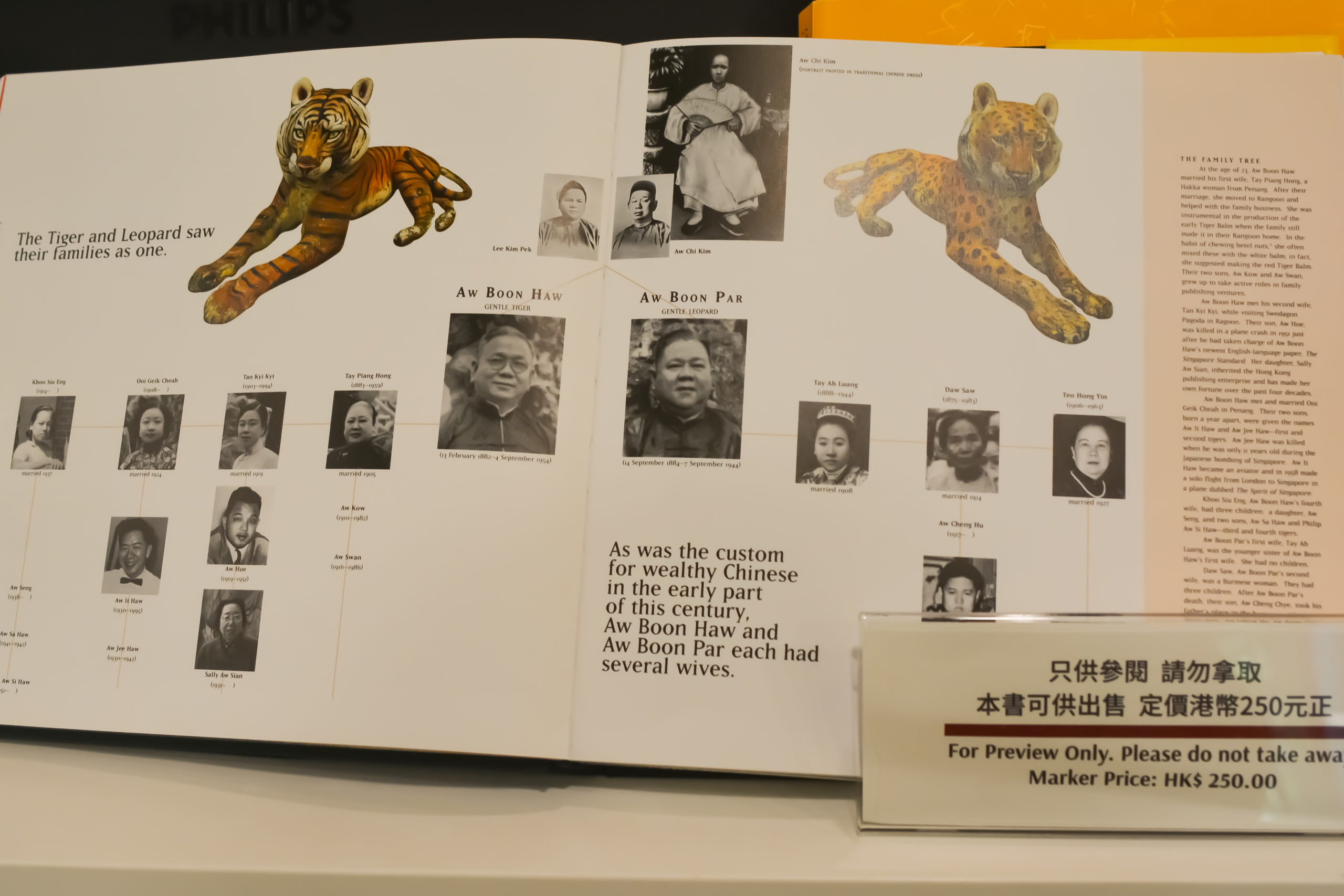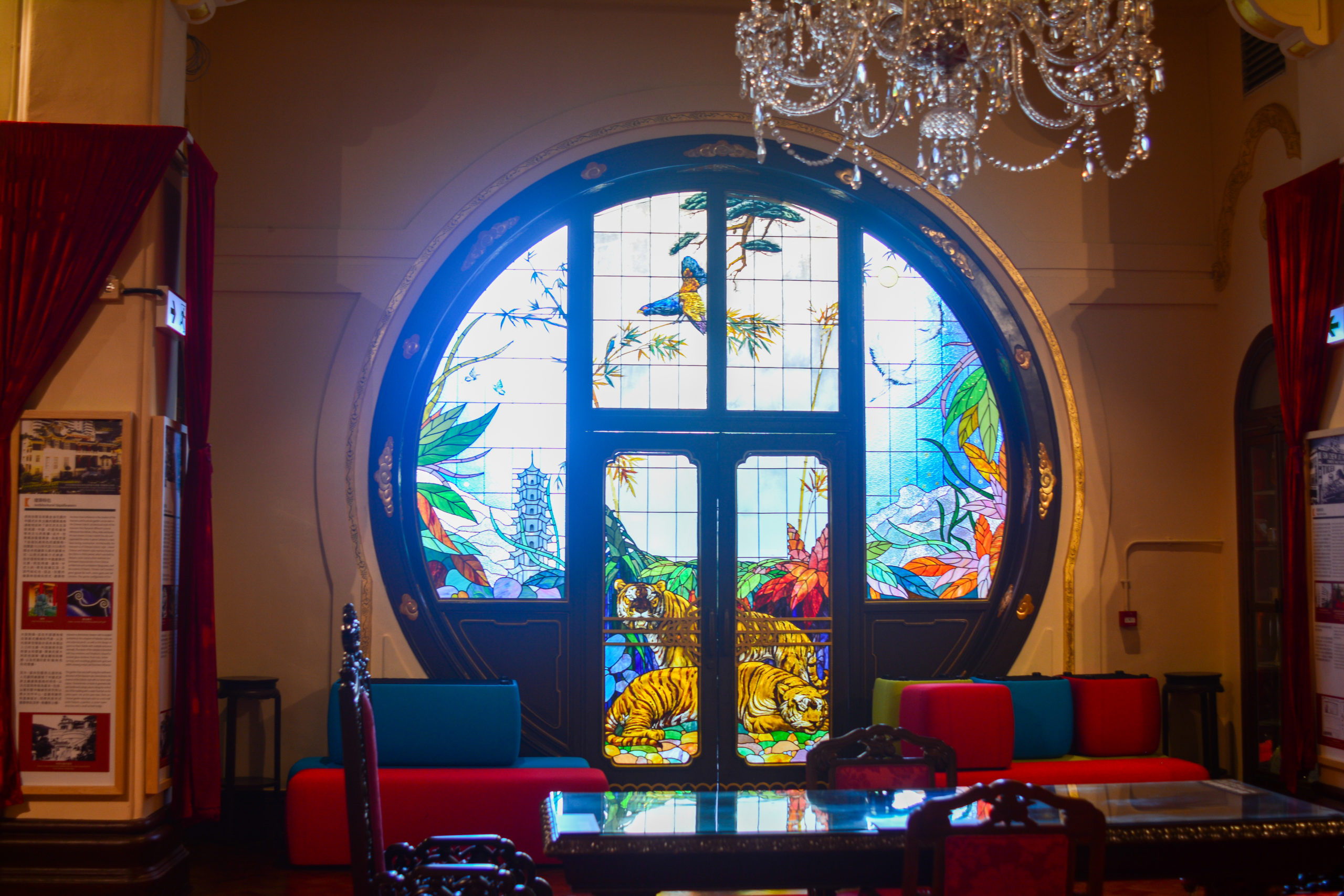The History
The Haw Par Mansion, an architectural testament to a significant period in Hong Kong's history, was the brainchild of Burmese Chinese brothers Aw Boon Haw 胡文虎 (1882-1944) and Aw Boon Par 胡文豹 (1882-1954). Raised in their father's traditional medicine shop in Myanmar, the brothers journeyed extensively through Asia, building their empire predominantly through the sale of a medicated cream known as Tiger Balm (虎標), or Wan Chin Yu (萬金油) in Chinese, meaning the "Ten-Thousand-Dollar Ointment". The brothers also made their mark in the publishing world, founding 17 Chinese and English newspapers in Hong Kong from 1929 to 1951.


Interior
The extensive park was populated with murals and sculptures illustrating vivid scenes from Chinese fairy tales, often laden with moral teachings. Perhaps the most infamous was the Ten Courts of Hell (十王殿), a diorama showcasing grotesque and often gruesome depictions of sinners being punished in Hell, cautioning against sins like lying, laziness, and gluttony. A prominent feature was the white 44-meter tall pagoda spanning seven storeys (七層塔樓). Following Par's death, Haw Par Mansion began to deteriorate, eventually coming under government ownership. Despite persistent efforts to maintain the original theme park, these two most emblematic areas, were ultimately razed, much to the dismay of those who remembered them.
Today, the heritage site is a shadow of its former self, with the four-story private mansion, exhibiting a unique Chinese Renaissance style, remaining as the primary attraction. Visitors can appreciate its ornate porches, Italian stained glass windows, and gold-gilded murals. The mansion's red brick facade, green tiled roof, and grand circular 'moon gates' echo traditional Chinese architectural designs.

Reopening of the Mansion
The Haw Par Mansion holds a special place in the memories of a generation of Hong Kong residents. It accompanied countless Hong Kongers through their lives since the last century and even hosted musical performances. Sadly, due to consistent financial losses, the Haw Par Music (虎豹樂圃) shut down in 2020 and was handed back to the government, marking the closure of the mansion. After a three-year gap, the mansion saw the light of day again on June 9, 2023. In contrast to the earlier open-door policy, it now necessitates a pre-booking to join guided tours. Given the limited spots and immense popularity, early reservations are highly encouraged to secure a chance to appreciate the splendor of the Chinese Renaissance-style architecture!









